CARING WITH FAMILY
|
| Harriers are typically loving and bond well with their families. They enjoy being part of the household and seek attention and companionship from all family members. |
LOVE WITH CHILDREN
Unwise
Good With Children
|
| They tend to be patient, playful, and sturdy, making them good playmates for children. As with any breed, interactions should be supervised, especially with younger kids. |
BEHAVIOR WITH DOGS
Unwise
Good With Other Dogs
|
| Harriers were bred to hunt in packs and are naturally sociable with other dogs. They thrive in multi-dog homes or environments where they get canine companionship. |
SHEDDING LEVELS & MANAGEMENT
No Shedding
Hair Everywhere
|
| Harriers have short, dense coats that shed moderately. Weekly brushing helps keep their coat clean and reduces shedding. |
COAT GROOMING STANDARDS
|
| Low maintenance — occasional baths and regular brushing are sufficient to maintain their coat. |
DROOLING INTENSITY
Less Likely to Drool
Always Have a Towel
|
| This breed does not drool much, which is helpful for cleanliness-conscious households. |
COAT STYLES GUIDE |
| Smooth, Double |
| COAT SPECTRUM |
| Short |
FRIENDLINESS
Reserved
Everyone Is My Best Friend
|
| Generally friendly and welcoming, though they may be slightly reserved at first. With socialization, most Harriers enjoy meeting new people. |
LIVELINESS
Only When You Want To Play
Non-Stop
|
| They are energetic and love interactive play. Regular activity and play sessions are important for their happiness. |
VIGILANCE INTENSITY
What's Mine Is Yours
Vigilant
|
| While not naturally aggressive, they are alert and will bark to announce visitors, serving as moderate watchdogs. |
ADAPTATION CAPACITY
Lives For Routine
Highly Adaptable
|
| They adapt well to new environments if they get enough exercise. They are not ideal for apartment living without regular physical activity. |
OBEDIENCE LEVEL
Self-Willed
Eager to Please
|
| Harriers are intelligent but have an independent streak. Consistent and patient training with rewards is most effective. |
STAMINA LEVEL
|
| They are high-energy dogs needing daily exercise. Without it, they may develop behavioral issues. |
VOCALIZATION
|
| Likes To Be Vocal |
LEARNING CURIOSITY LEVEL
Happy to Lounge
Needs a Job or Activity
|
| They benefit from mentally engaging activities like scent work, tracking games, and puzzle toys. |
| COLORS |
|
Description
|
Registration Code
|
|
Black White & Tan
|
034
|
|
Lemon & White
|
115
|
|
Red & White
|
146
|
|
| PATTERNS | . |
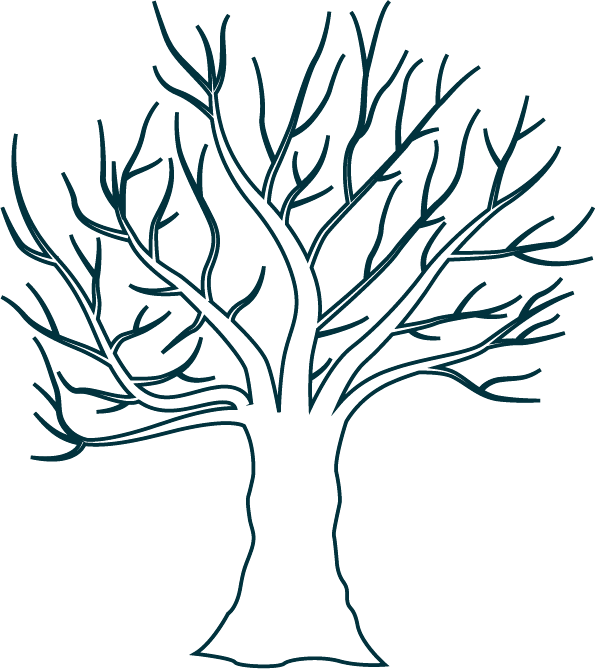


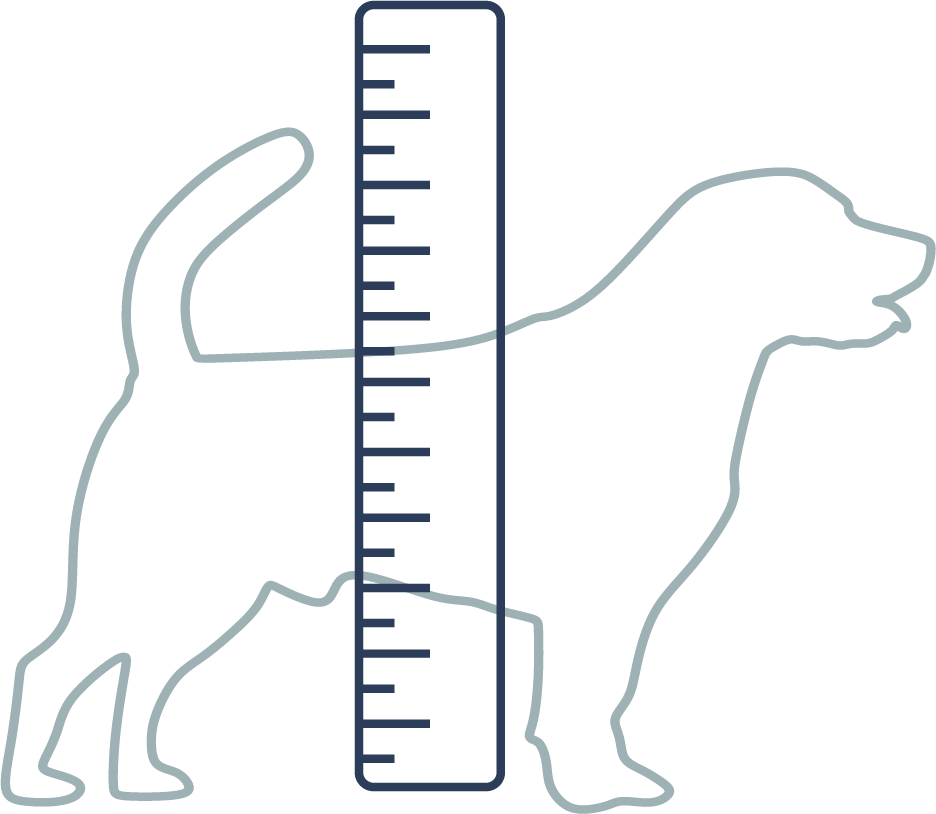
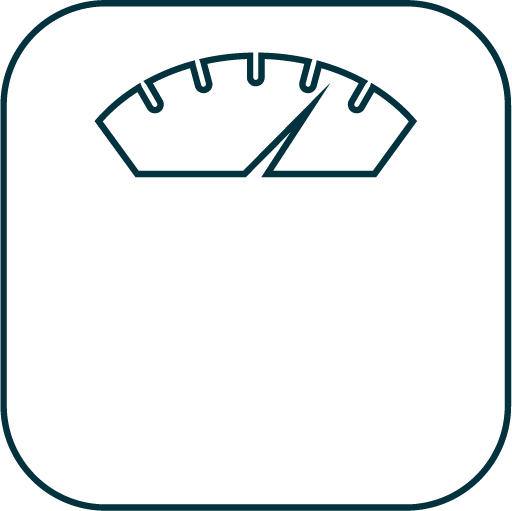

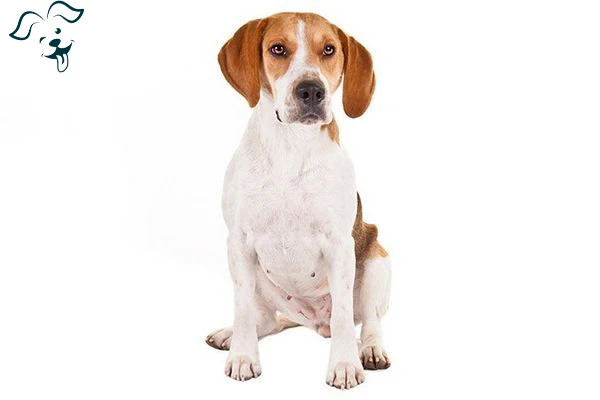
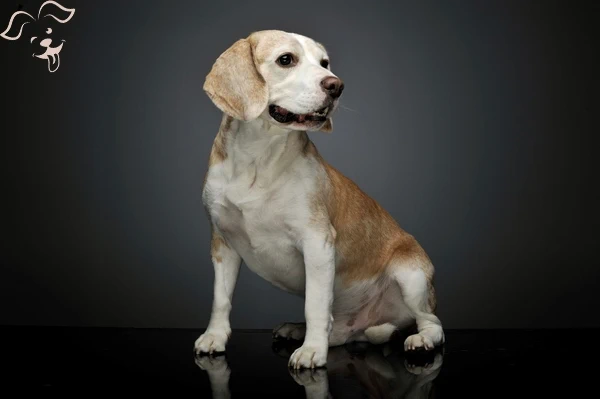
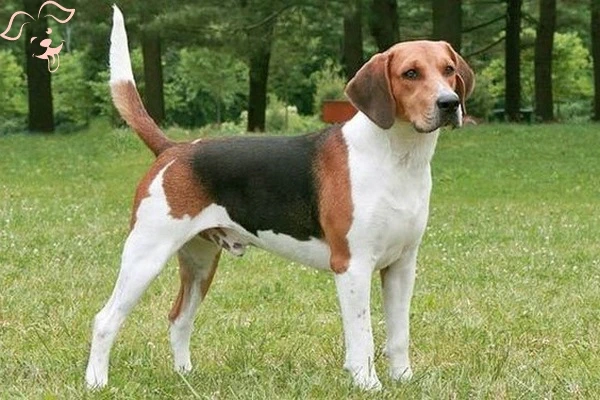
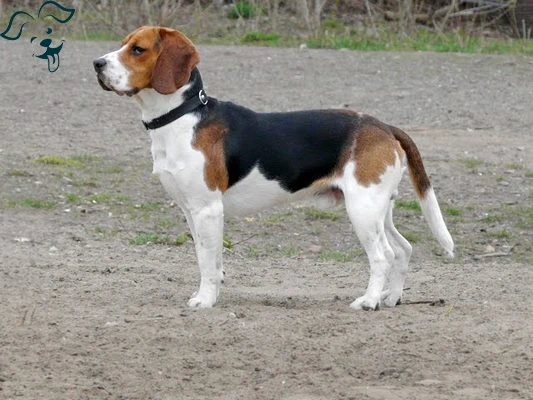




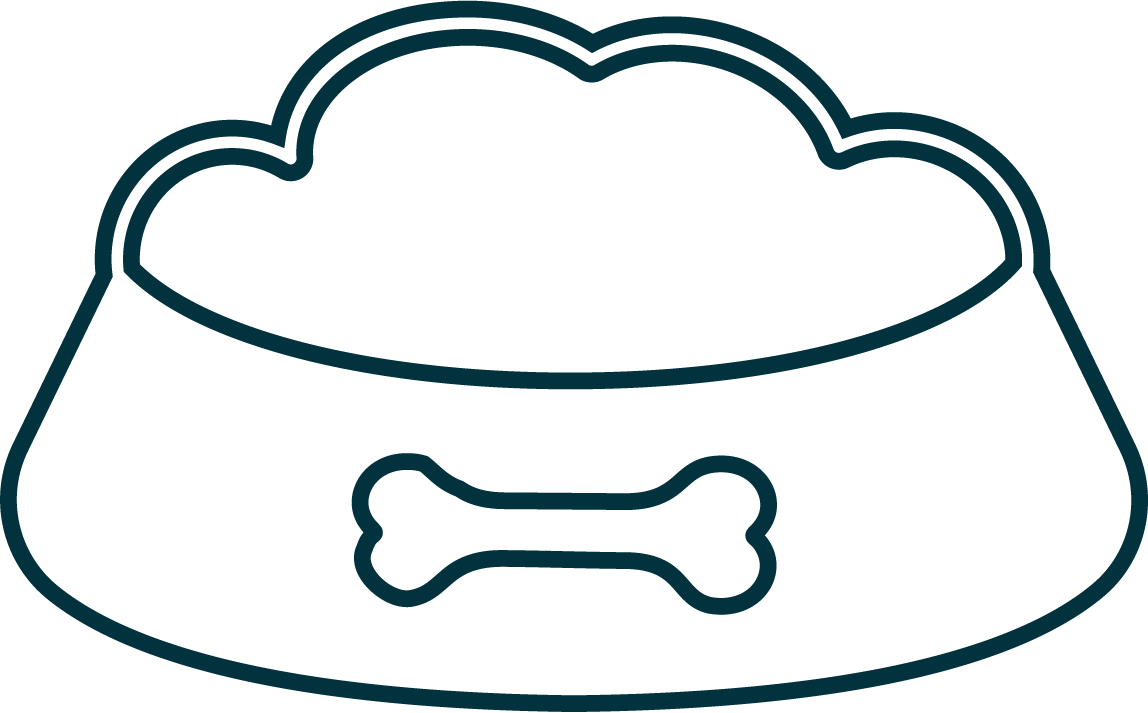

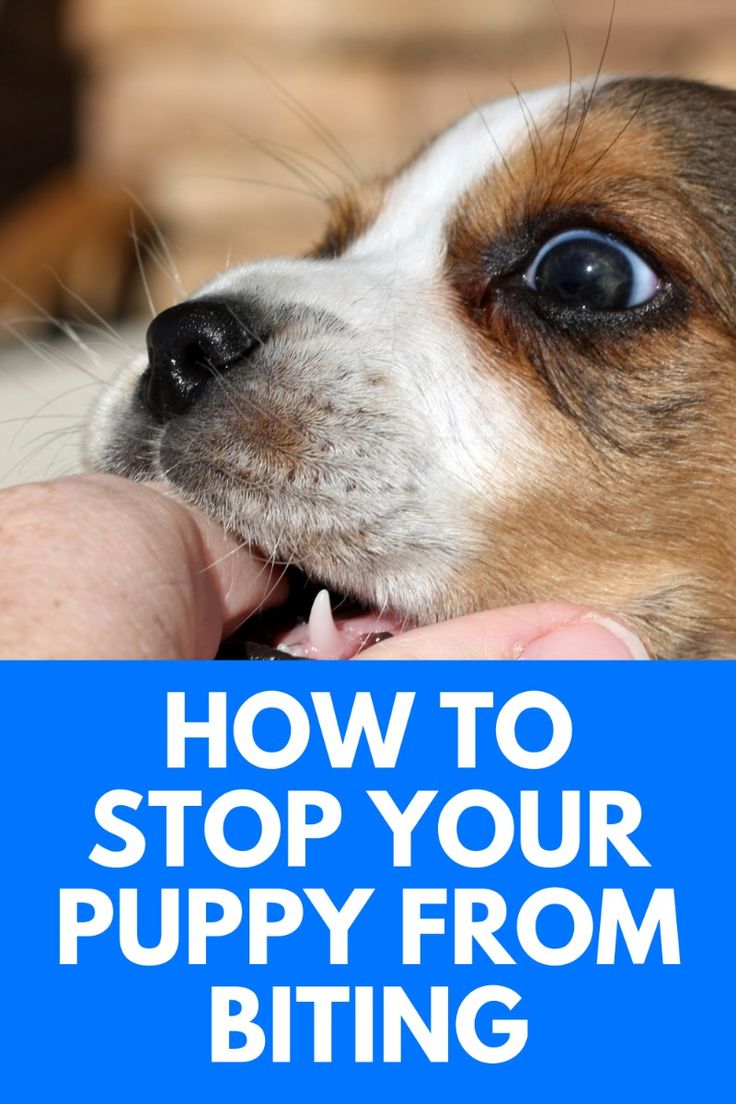
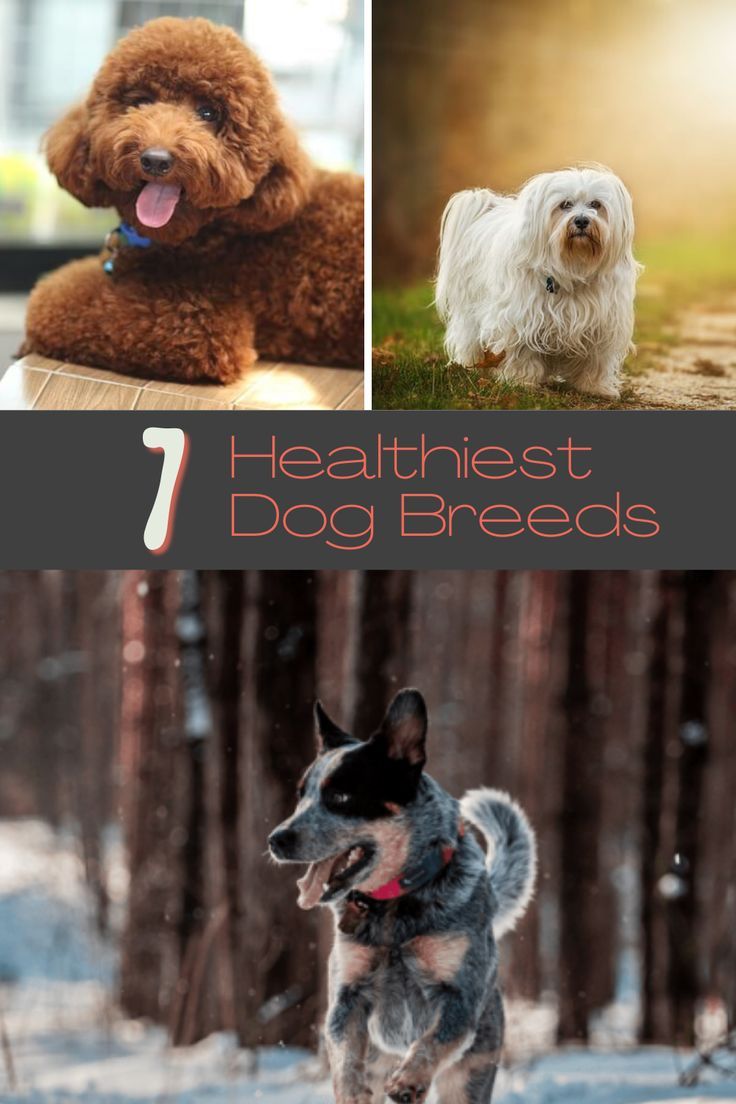

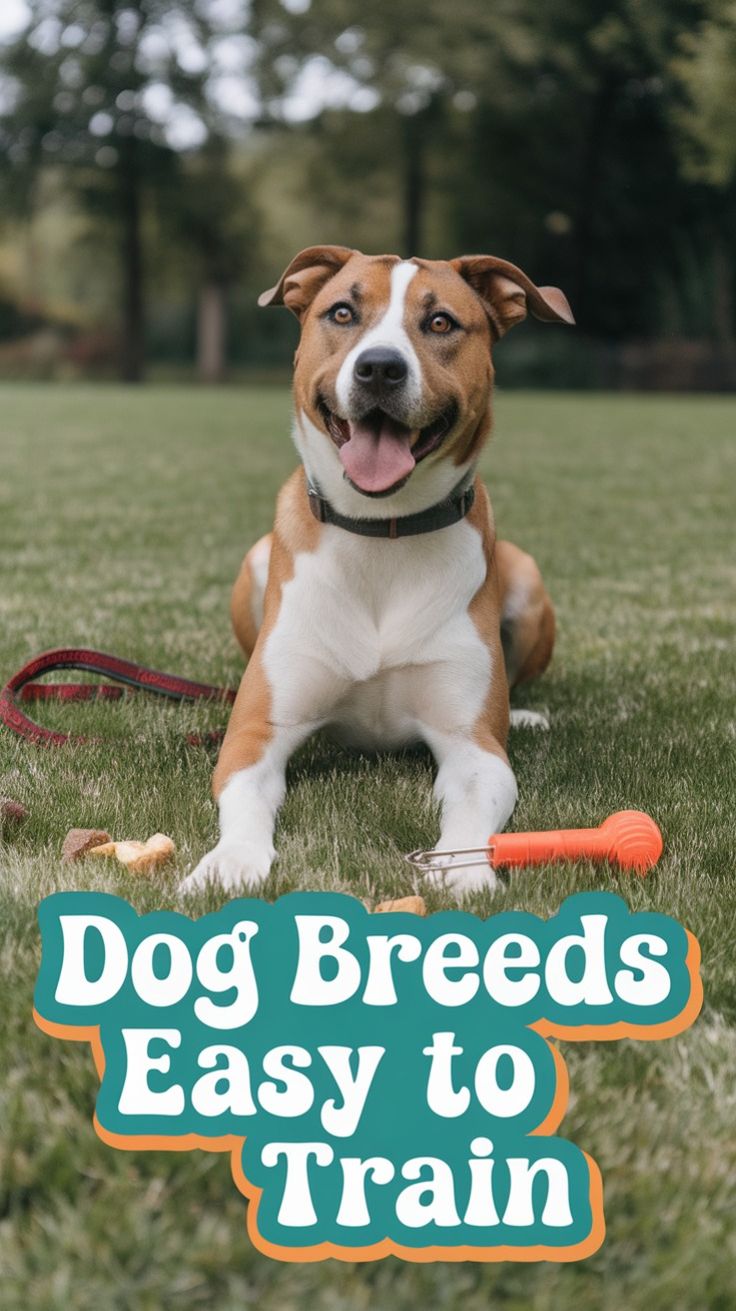
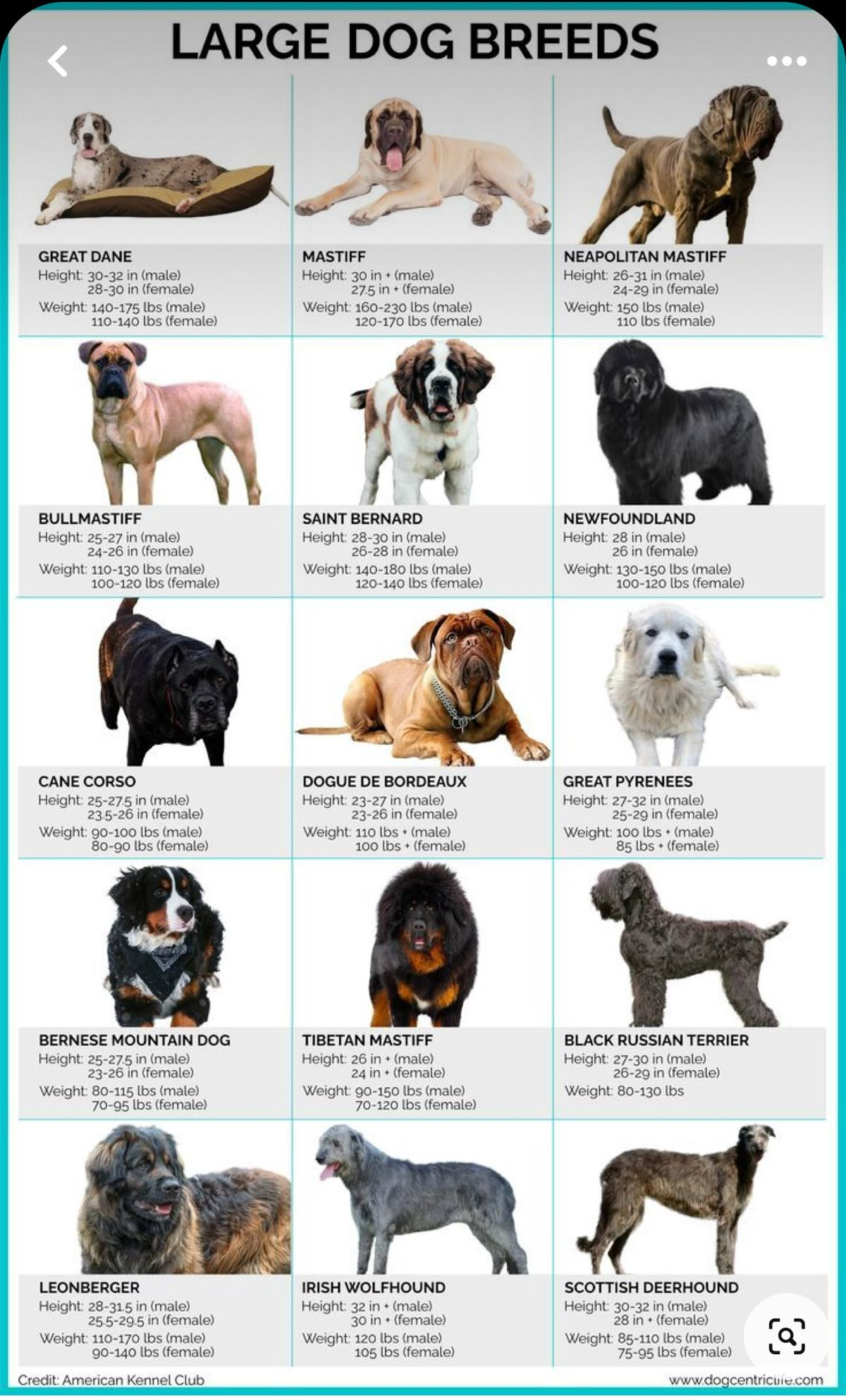

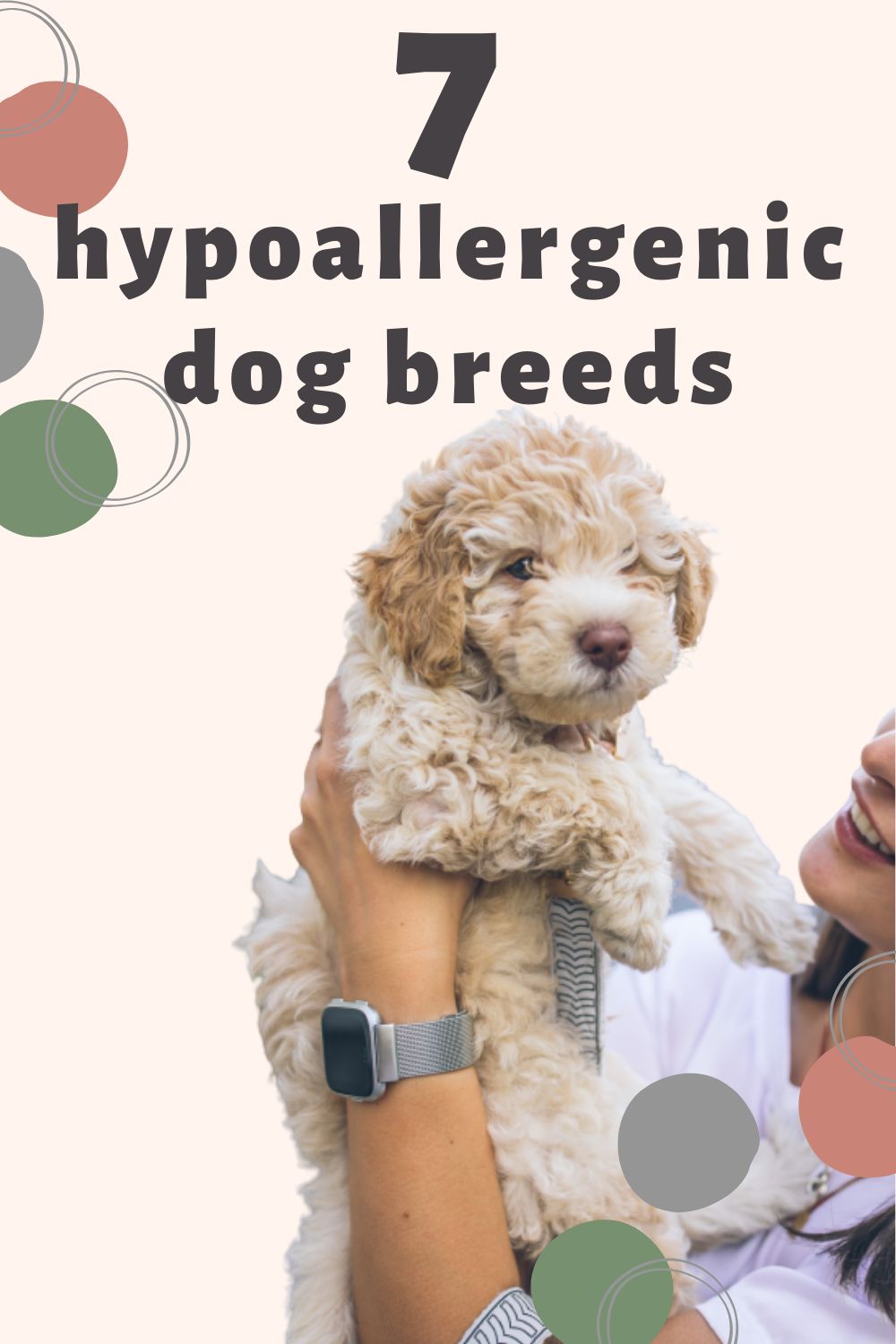
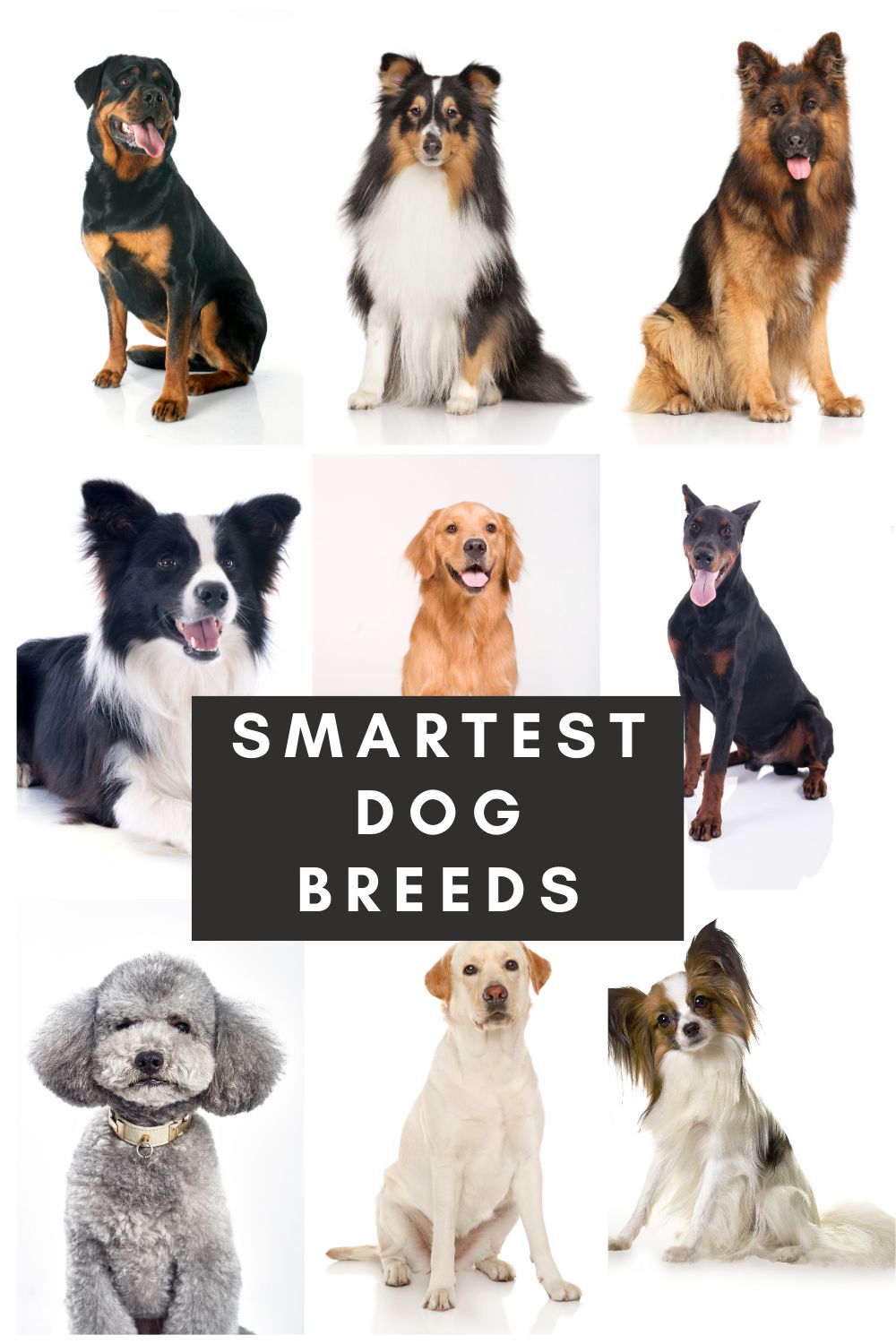
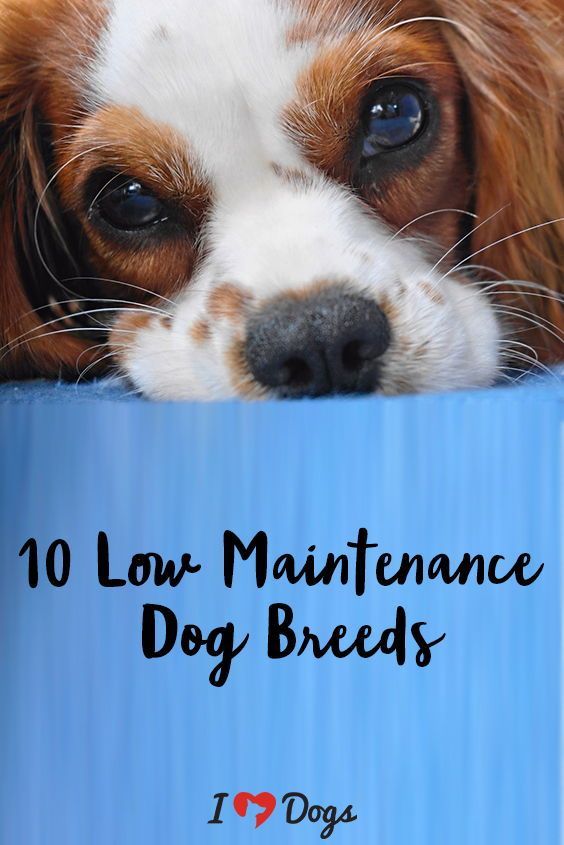
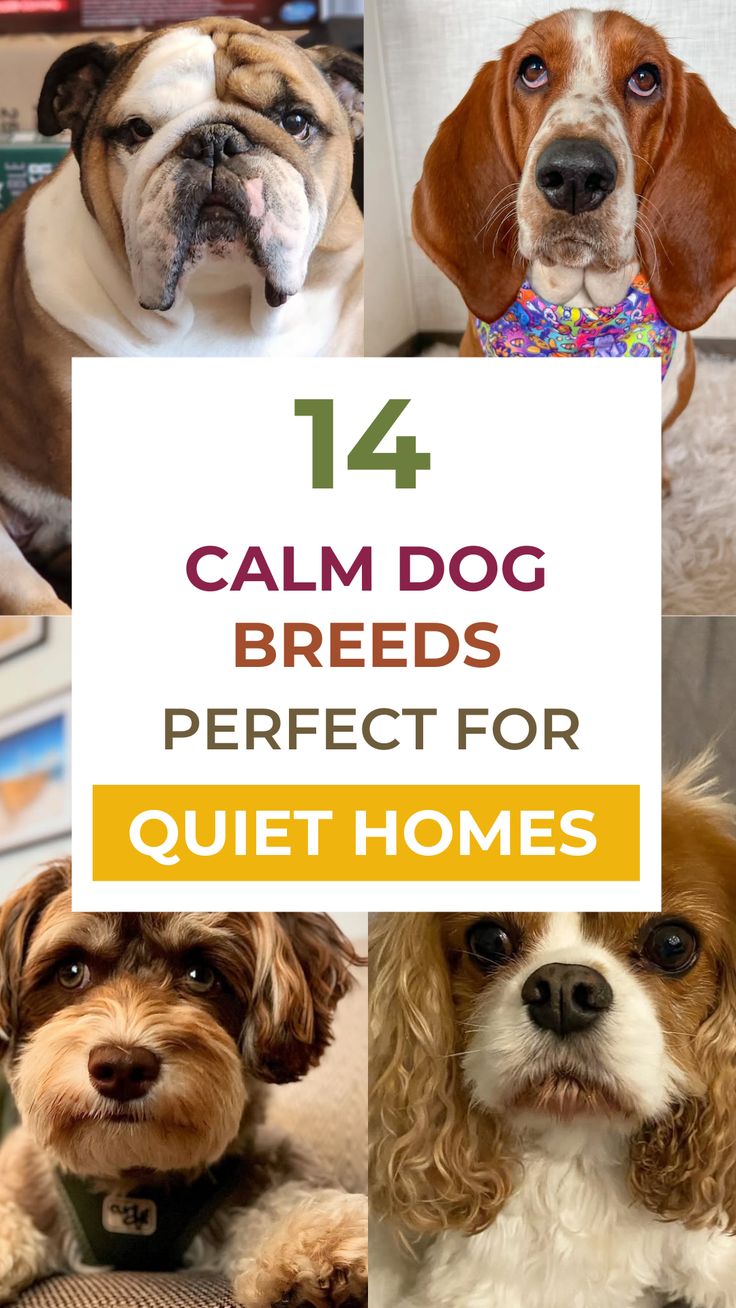

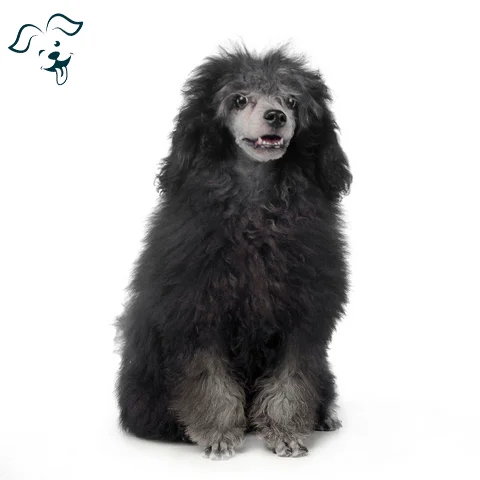

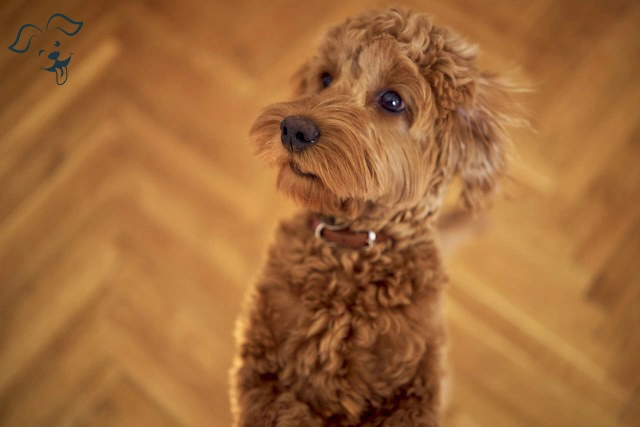
FRIENDLINESS
LIVELINESS
VIGILANCE INTENSITY
ADAPTATION CAPACITY